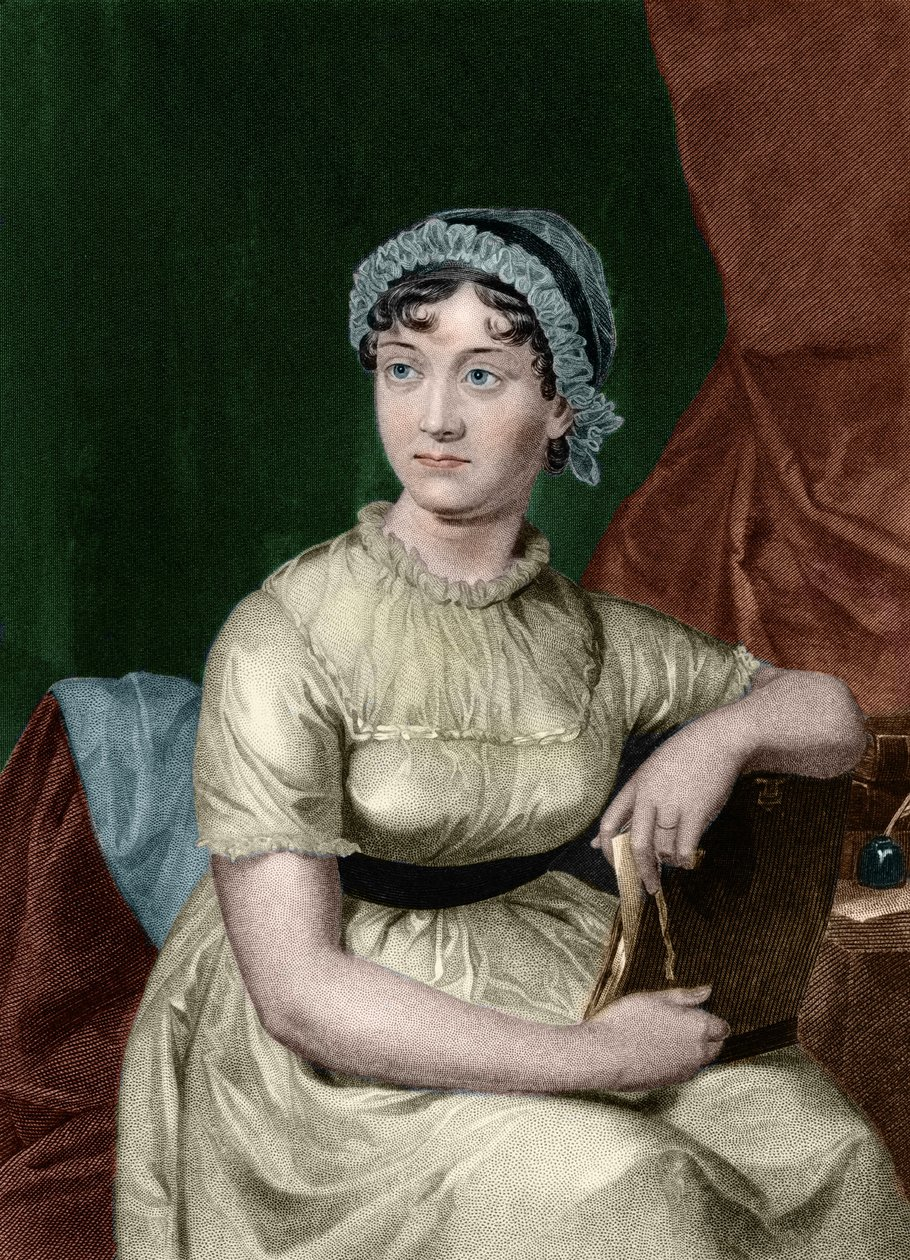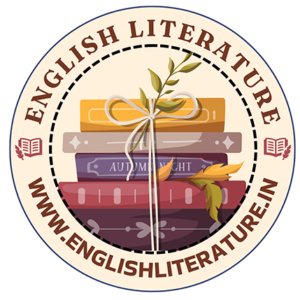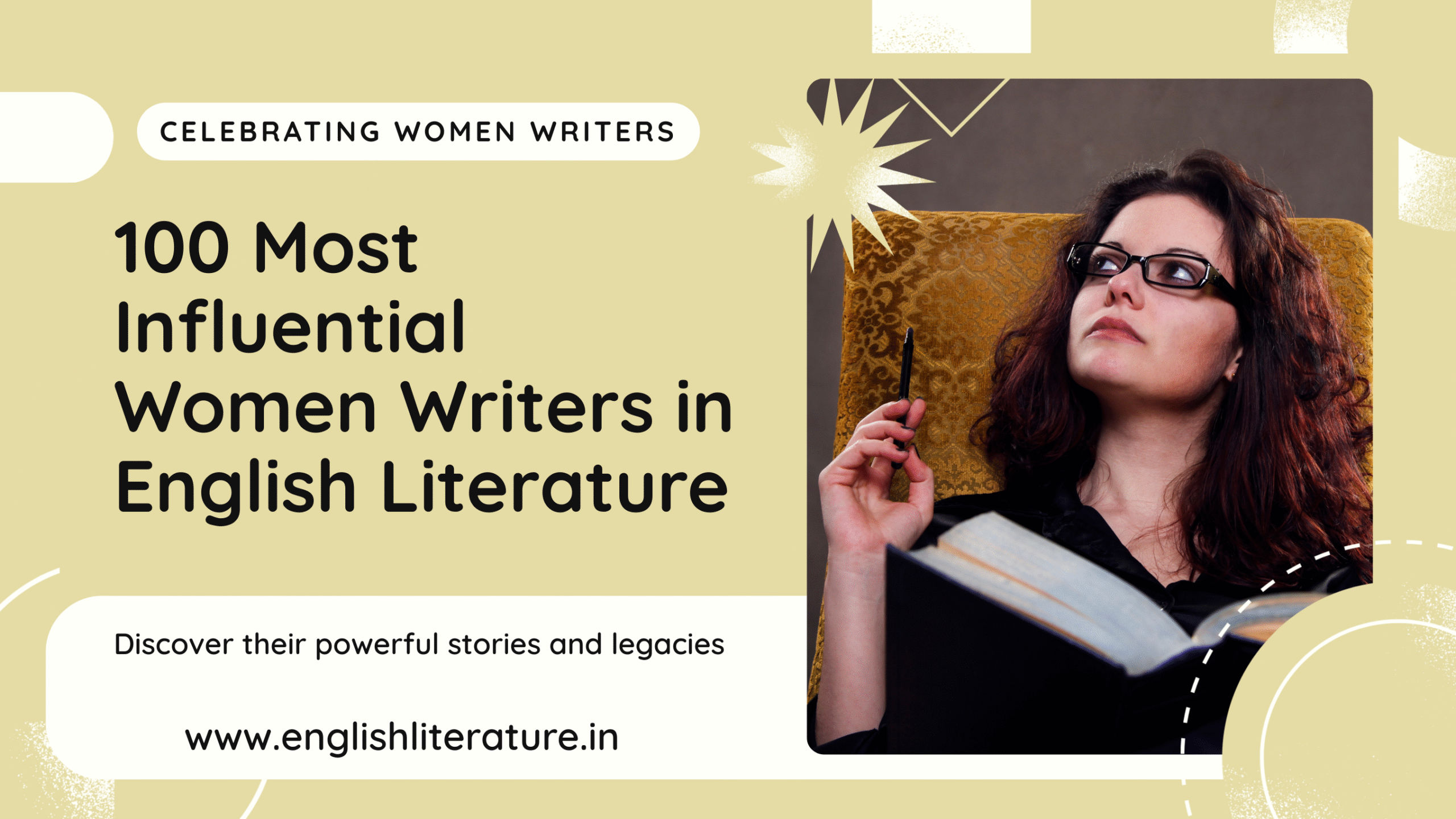100 Most Influential Women Writers in English Literature
A Comprehensive Journey Through Literary History
The landscape of English literature has been profoundly shaped by the revolutionary voices of women writers who, despite facing centuries of systemic barriers, have created some of the most enduring and transformative works in the literary canon. From Christine de Pizan’s groundbreaking feminist treatise in the 14th century to Chimamanda Ngozi Adichie’s contemporary masterpieces exploring postcolonial identity, women writers have consistently challenged societal norms, redefined literary forms, and expanded the boundaries of human expression. This comprehensive examination reveals how these literary pioneers not only transformed the art of storytelling but fundamentally altered our understanding of consciousness, identity, and the human condition itself.

Timeline of Influential Women Writers in English Literature: A visualization showing the distribution of major women writers across literary periods from Medieval times to the 21st century
The Medieval and Renaissance Foundations: Breaking the Silence
The earliest voices of women in English literature emerged against overwhelming odds in societies where literacy itself was largely a masculine privilege. Christine de Pizan (1364-1430) stands as a towering figure whose “The Book of the City of Ladies” represents not merely the first sustained work of feminist literary criticism, but a revolutionary reimagining of women’s intellectual capacity. As Virginia Woolf would later observe, “For most of history, Anonymous was a woman”, highlighting how countless female voices were erased from the historical record.
The Renaissance brought forth Aphra Behn (1640-1689), whose significance cannot be overstated. As Virginia Woolf noted, “All women together ought to let flowers fall upon the tomb of Aphra Behn, for it was she who earned them the right to speak their minds”. Behn’s pioneering role as the first English woman to earn a living through writing established crucial precedents for future generations. Her works, particularly “Oroonoko,” demonstrated that women could tackle complex political and social themes with the same intellectual rigor as their male contemporaries.
Mary Sidney, Countess of Pembroke (1561-1621), achieved remarkable recognition in her lifetime, with John Bodenham listing her alongside Edmund Spenser and William Shakespeare as one of the era’s most notable authors. Her work on the Sidney-Pembroke Psalter created new standards for poetic translation and religious literature.
The Enlightenment and Romantic Revolution: Asserting Intellectual Authority
The 18th century witnessed an explosion of women’s voices that fundamentally challenged traditional gender roles. Mary Wollstonecraft (1759-1797) authored what remains one of the most influential feminist texts in history with “A Vindication of the Rights of Woman” (1792). Her revolutionary argument that women deserved equal education and opportunities laid the intellectual groundwork for centuries of feminist thought.
The Romantic period produced two of English literature’s most enduring figures. Jane Austen (1775-1817) revolutionized the novel form through her masterful deployment of free indirect discourse and her penetrating social analysis. Her works, including “Pride and Prejudice” and “Emma,” demonstrated unprecedented psychological sophistication while maintaining what critics have called her “wry wit and social realism”. As one contemporary scholar noted, Austen’s “combination of wry wit and social realism stood out against the traditional perceptions of women’s writing, and her strong-willed heroines challenged the image of the weak, effeminate, obedient heroine”.
Mary Shelley (1797-1851) created the Gothic masterpiece “Frankenstein” at age eighteen, establishing herself as a pioneer of both Gothic fiction and what would later be recognized as science fiction. Her exploration of scientific ethics, human responsibility, and the consequences of unchecked ambition continues to resonate in contemporary discussions about technology and human nature.
The Victorian Era: Expanding Literary Possibilities
The Victorian period represents a golden age for women writers, with figures whose influence extends far beyond their historical moment. The Brontë sisters – Charlotte, Emily, and Anne – collectively transformed the possibilities of Victorian fiction through their psychological realism and innovative narrative techniques.
Charlotte Brontë (1816-1855) created in “Jane Eyre” a protagonist who declared, “I am no bird; and no net ensnares me: I am a free human being with an independent will”. This assertion of female autonomy represented a radical departure from traditional feminine ideals and established new possibilities for women’s self-representation in literature.
Emily Brontë (1818-1848) crafted in “Wuthering Heights” what scholars recognize as a groundbreaking exploration of passion, class, and narrative structure. Her only novel, initially dismissed by Victorian critics, is now celebrated for its innovative approach to Gothic romance and its complex examination of social hierarchies.
George Eliot (Mary Ann Evans, 1819-1880) stands as perhaps the most intellectually ambitious novelist of her generation. Her masterwork “Middlemarch” demonstrates what critics call “psychological complexity and social analysis” unmatched in Victorian fiction. Eliot’s adoption of a male pseudonym allowed her to engage with philosophical and political themes typically reserved for male authors.
Elizabeth Gaskell (1810-1865) pioneered what we now recognize as social realism, with novels like “North and South” offering detailed examinations of industrial society and class dynamics. Her work provides essential insights into Victorian social conditions while maintaining compelling narrative structures.

Engraving portrait of Jane Austen, English novelist and key figure in English literature, depicted in Regency-era attire holding a book.
Modernist Innovations: Revolutionizing Literary Form
The early 20th century brought unprecedented formal innovations led by women writers who fundamentally altered the possibilities of literary expression. Virginia Woolf (1882-1941) stands as the preeminent modernist innovator, developing stream-of-consciousness techniques that revealed new dimensions of human consciousness.youtube.
Woolf’s theoretical contributions proved equally significant. In “A Room of One’s Own,” she articulated the material conditions necessary for women’s creative expression: “A woman must have money and a room of her own if she is to write fiction”. Her analysis of how economic and social constraints limited women’s literary participation remains influential in contemporary feminist criticism.
Gertrude Stein (1874-1946) pursued even more radical formal experimentation, developing what scholars describe as “experimental modernism” that challenged conventional narrative structures. Her salon in Paris became a crucial meeting place for modernist artists and writers, demonstrating women’s central role in shaping modernist culture.
Katherine Mansfield (1888-1923) perfected the psychological short story, creating works that explored interior consciousness with unprecedented subtlety. Her stories like “The Garden Party” revealed new possibilities for examining social class and psychological complexity within compressed narrative forms.
Mid-Century Voices: Expanding Representation and Genre
The mid-20th century witnessed remarkable diversification in women’s literary production. Agatha Christie (1890-1976) revolutionized detective fiction, creating iconic characters like Hercule Poirot and Miss Marple while developing innovative plot structures that influenced the entire mystery genre.
Doris Lessing (1919-2013) explored themes of identity and consciousness in works like “The Golden Notebook,” which became a foundational text for second-wave feminism. Her examination of women’s psychological and political awakening influenced generations of readers and writers.
Flannery O’Connor (1925-1964) developed a distinctive voice in Southern Gothic literature, creating stories that combined religious themes with darkly comic social criticism. Her work demonstrated how women writers could master traditionally masculine genres while bringing unique perspectives to bear.

Major Themes in Women’s Literature: A visual representation of the six dominant thematic concerns that have shaped women’s writing in English literature throughout history
Contemporary Voices: Global Perspectives and Postcolonial Narratives
The late 20th and 21st centuries have witnessed an extraordinary flowering of women’s voices from diverse cultural backgrounds. Toni Morrison (1931-2019) transformed American literature through works like “Beloved,” which employed magical realism to explore the traumatic legacy of slavery. Morrison’s Nobel Prize recognition in 1993 marked a watershed moment for African American women writers.
Margaret Atwood (1939-present) has become one of literature’s most prescient voices, with “The Handmaid’s Tale” offering a dystopian vision that feels increasingly relevant in contemporary political discourse. Her exploration of gender, power, and environmental themes has influenced both literary and popular culture.
Chimamanda Ngozi Adichie (1977-present) represents the contemporary postcolonial voice, with works like “Half of a Yellow Sun” and “Americanah” exploring themes of identity, migration, and cultural displacement. Her TED talk “We Should All Be Feminists” has reached millions, demonstrating literature’s continued power to shape social discourse.
Arundhati Roy (1961-present) achieved international recognition with “The God of Small Things,” which won the Booker Prize in 1997. Roy’s work exemplifies contemporary postcolonial literature’s ability to combine lyrical language with political engagement.
Zadie Smith (1975-present) has captured the multicultural experience of contemporary Britain in novels like “White Teeth,” demonstrating how contemporary women writers continue to expand literature’s scope.
Literary Techniques and Innovations: Redefining Narrative Possibilities
Women writers have consistently pioneered literary techniques that have fundamentally altered how stories are told. The development of stream of consciousness represents one of the most significant innovations in modern literature. Virginia Woolf’s application of this technique in works like “Mrs. Dalloway” allowed for unprecedented exploration of interior psychological states.
As one critic notes, “Woolf’s use of stream of consciousness is another stylistic technique that reflects her feminist beliefs. By using this technique, she is able to explore the inner thoughts and experiences of her characters, and to challenge traditional ideas of gender by blurring the boundaries between the conscious and unconscious mind”.wikipedia
Free indirect discourse, perfected by Jane Austen and later developed by other women writers, allowed authors to present characters’ thoughts while maintaining narrative objectivity. This technique proved particularly valuable for women writers seeking to critique social conditions while avoiding direct confrontation with established authorities.
The use of symbolism in women’s literature has proven especially rich and complex. As contemporary analysis reveals, “In feminist literature, symbolism is often used to convey themes related to female identity, independence, and autonomy”. Nature imagery frequently represents freedom and empowerment, while domestic objects often symbolize constraint and limitation.
Thematic Concerns: Universal and Particular Perspectives
Women writers have consistently engaged with themes that illuminate both universal human experiences and specifically gendered perspectives. Feminist consciousness has remained a persistent concern, from Christine de Pizan’s medieval defense of women to contemporary explorations of intersectionality and identity.
Social realism has allowed women writers to document and critique social conditions with particular attention to how gender shapes experience. Elizabeth Gaskell’s industrial novels and Toni Morrison’s exploration of African American life demonstrate this tradition’s continued vitality.
Psychological exploration has proven particularly significant in women’s writing, with authors like the Brontës and Virginia Woolf developing new ways to represent consciousness and interior experience. This focus on psychological complexity has influenced literature’s development toward greater sophistication in character portrayal.
Postcolonial identity has become increasingly important as women writers from formerly colonized nations have gained international recognition. Authors like Chinua Achebe, Arundhati Roy, and Chimamanda Ngozi Adichie have explored how colonial experience intersects with gender to create unique perspectives on identity and belonging.
Critical Reception and Literary Awards: Recognition and Ongoing Challenges
The establishment of the Women’s Prize for Fiction in 1996 marked a crucial moment in recognizing women’s literary achievements. Created in response to the 1991 Booker Prize controversy, when no women appeared on the shortlist despite representing 60% of published novels, this award has celebrated exceptional writing while highlighting persistent gender imbalances in literary recognition.
Winners of the Women’s Prize for Fiction include Chimamanda Ngozi Adichie, Zadie Smith, Barbara Kingsolver, and Margaret Atwood, demonstrating the international scope of women’s literary excellence. The prize has “spawned several sub-category competitions” and continues to nurture emerging women writers.
Literary criticism has evolved significantly in its treatment of women writers. Elaine Showalter’s influential work “A Literature of Their Own” established frameworks for understanding women’s literary tradition through three phases: the Feminine (1840-1880), the Feminist (1880-1920), and the Female (1920-present). This periodization has helped scholars recognize how women writers have consistently challenged and transcended the limitations of their historical moments.
Contemporary Challenges and Future Directions
Contemporary women writers continue to face significant challenges while achieving unprecedented recognition. Issues of intersectionality have become increasingly important as critics recognize how race, class, sexuality, and nationality intersect with gender to shape literary production and reception.
Postcolonial perspectives have enriched understanding of how colonial history continues to influence literary production. Women writers from the Caribbean, Africa, and South Asia have brought new voices and perspectives that challenge Western literary canons while creating innovative hybrid forms.
The rise of digital media has created new opportunities for women writers while also presenting new challenges related to platform access and online harassment. Contemporary authors like Chimamanda Ngozi Adichie have successfully used digital platforms to reach global audiences, demonstrating technology’s potential for expanding literary influence.
Conclusion: Legacy and Continuing Influence
The 100 most influential women writers in English literature have fundamentally transformed not only literary expression but our understanding of human experience itself. From Christine de Pizan’s medieval assertion of women’s intellectual equality to contemporary authors exploring global migration and cultural identity, these writers have consistently expanded literature’s scope and sophistication.
Their innovations in literary technique – from Austen’s free indirect discourse to Woolf’s stream of consciousness to Morrison’s magical realism – have provided tools that all subsequent writers, regardless of gender, have employed. Their thematic explorations of consciousness, social justice, identity, and human relationships continue to influence contemporary literary production.
Perhaps most significantly, these writers have demonstrated literature’s power to challenge social assumptions and imagine alternative possibilities. As Virginia Woolf observed, “The mind of man is mysteriously connected with the mind of woman”. The literary achievements of women writers have revealed the artificial nature of gender-based limitations while celebrating the full range of human creative potential.youtube
The continuing emergence of new voices – from established authors like Margaret Atwood and Toni Morrison to rising stars across the global literary landscape – suggests that women’s contributions to English literature will only continue to expand and diversify. As we move forward, the legacy of these 100 influential women writers serves as both inspiration and foundation for future literary achievement, ensuring that the full spectrum of human experience continues to find expression in literature’s evolving forms.
Frequently Asked Questions
1. Who was the first professional woman writer in English literature?
Christine de Pizan (1364-1430) is generally recognized as the first professional woman writer, earning a living through her writing after being widowed with three children to support. However, Aphra Behn (1640-1689) was the first English woman to make a living by writing, paving the way for future generations of professional female authors.
2. What is stream of consciousness and which women writers developed this technique?
Stream of consciousness is a literary technique that presents a character’s continuous flow of thoughts and perceptions. Virginia Woolf and Gertrude Stein were pioneers of this technique, using it to explore interior psychological states and challenge traditional narrative structures. Woolf employed it masterfully in works like “Mrs. Dalloway” and “To the Lighthouse”.
3. Why did many Victorian women writers use male pseudonyms?
Victorian women writers often used male pseudonyms to gain serious literary consideration and avoid social censure. George Eliot (Mary Ann Evans), Currer Bell (Charlotte Brontë), Ellis Bell (Emily Brontë), and Acton Bell (Anne Brontë) adopted masculine pen names because female authors were often dismissed or confined to writing about domestic subjects.
4. How have postcolonial women writers influenced contemporary literature?
Postcolonial women writers like Chimamanda Ngozi Adichie, Arundhati Roy, and Jean Rhys have expanded literature’s scope by exploring themes of cultural identity, colonial legacy, and migration. They’ve introduced new narrative techniques that blend Western literary forms with indigenous storytelling traditions, creating innovative hybrid styles that reflect multicultural experiences.
5. What role did the Women’s Prize for Fiction play in recognizing women writers?
Established in 1996, the Women’s Prize for Fiction was created to address gender imbalance in literary recognition after the 1991 Booker Prize shortlist included no women despite female authors representing 60% of published novels. The prize has celebrated exceptional women’s writing while raising awareness of persistent gender inequalities in literary awards.
6. Which themes are most commonly explored in women’s literature?
Major themes in women’s literature include feminist consciousness (challenging gender roles), social realism (depicting authentic social conditions), psychological exploration (examining consciousness and mental states), postcolonial identity (exploring colonial legacy), Gothic and supernatural elements, and modernist innovation in narrative forms.
7. How have women writers influenced literary techniques and forms?
Women writers have pioneered numerous literary innovations including free indirect discourse (Jane Austen), stream of consciousness (Virginia Woolf), psychological realism (the Brontës), experimental modernism (Gertrude Stein), and magical realism techniques. These innovations have become fundamental tools used by writers of all genders.
8. What challenges do contemporary women writers still face?
Contemporary women writers continue to face challenges including underrepresentation in major literary awards, gender bias in critical reception, intersectional discrimination based on race and class, and platform access in digital media. However, they also benefit from unprecedented global reach and recognition.
9. How has feminist literary criticism changed the study of women writers?
Feminist literary criticism, exemplified by scholars like Elaine Showalter and Sandra Gilbert, has established frameworks for understanding women’s literary traditions, challenged male-dominated canons, and revealed how gender influences both literary production and critical reception. This approach has led to the recovery of many previously overlooked women writers.
100 Most Frequently Asked Questions About English Literature


I enjoy the efforts you have put in this, appreciate it for all the great articles.